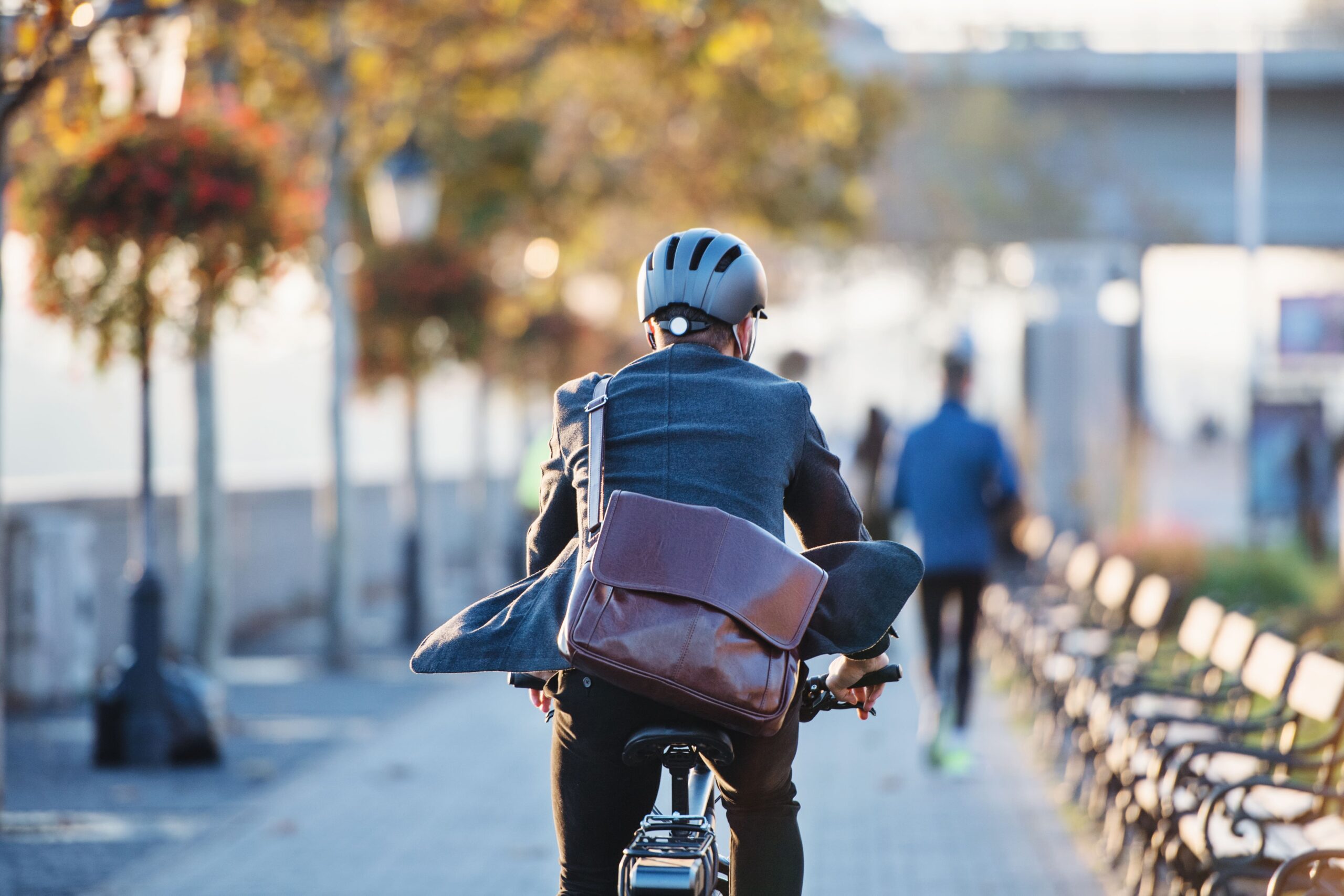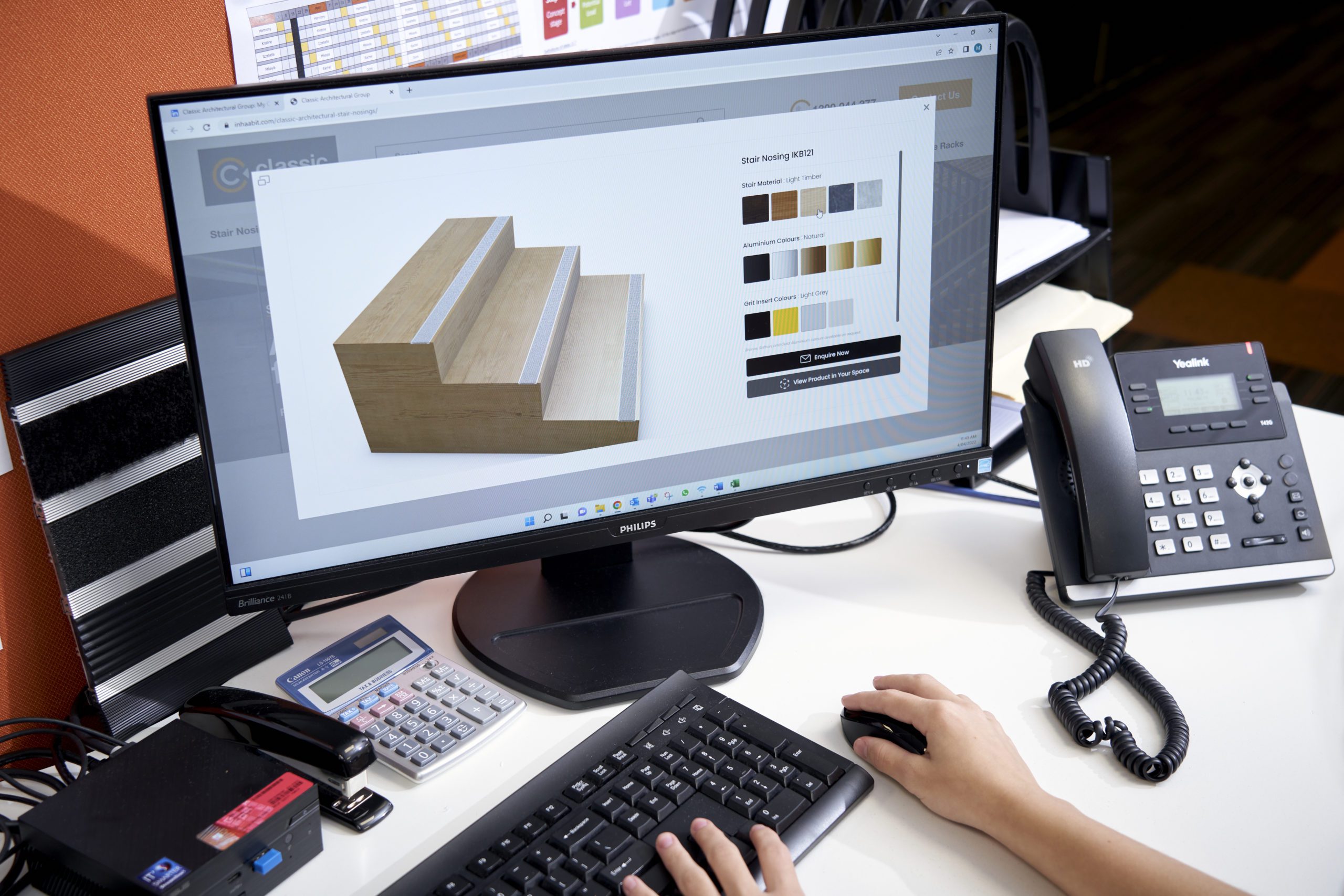What are end-of-trip facilities?
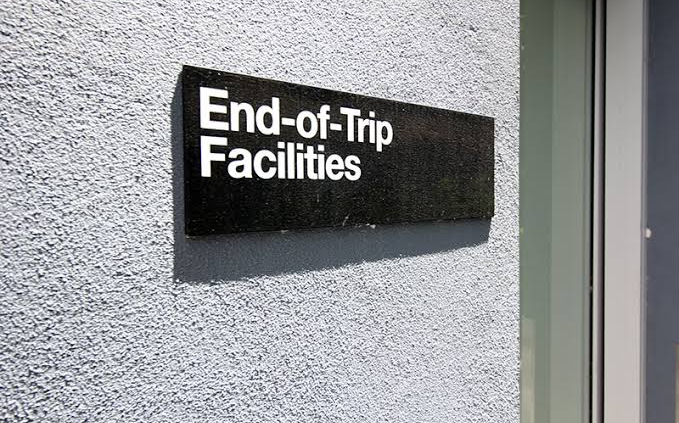
End-of-trip facilities, also commonly referred to as EOTF, are amenities provided at the end of a journey, typically in the context of centralised locations such as offices, commercial buildings, public transport hubs and other public areas.
These facilities are designed to provide people who cycle, jog or walk with convenient amenities for their personal needs before, during, or after their journey.
While it may vary depending on the needs of each workplace and its commuters, EOTF often includes onsite facilities such as:
- Bike racks for parking or storage
- Locker facilities
- Showers and changing amenities
- Water fountains and drinking taps
Other EOTF can include restrooms, grooming amenities, seating and relaxation areas, as well as accessibility features to accommodate those with disabilities.
The importance of EOTF in workplaces and other properties
Installing end-of-trip facilities in your workplace or commercial property can help your commuters smoothly transition from their trip to their final destination.
Whether it’s cycling to and from work or going on a walk during their lunch break, end-of-trip facilities are a great way to encourage your employees to adopt a more healthy and active lifestyle. Instead of commuting via cars or public transport, you’ll also be promoting environmental sustainability by reducing your overall carbon footprint.
With dedicated bike parking and storage, you’ll also be able to minimise traffic congestion while maximising your designated car parking spaces.
Benefits of EOTF
EOTF offers a diverse range of benefits for commuters, the environment and the wider community, such as:
- Encouraging active commuting to work: With bike storage, showers and locker provisions, employees are more likely to walk or cycle, reducing reliance on cars and public transport.
- Reducing traffic congestion and parking demand, both on-site and on the road
- Promoting your company’s corporate social responsibility values: Fewer cars on the road help reduce emissions, supporting sustainability goals.
- Improving accessibility and inclusivity for individuals with disabilities or mobility challenges
What are the essential components of EOTF?
Typically found in workplaces, transportation hubs, and other public areas, some essential end-of-trip facilities may include:
- Bicycle parking fitouts and facilities
- Secure and covered bike storage racks
- Showers and changing rooms
- Restrooms
- Lockers and personal storage facilities
- Shoe drying racks
- Water dispensers and refreshments
- Seating and relaxation areas
- Repair stations and maintenance facilities
- Charging ports
- CCTV surveillance and security measures
- Accessibility features
These facilities tend to vary depending on the location and purpose of the shared facility.
End of trip facilities design considerations
Optimised space utilisation
When accommodating multiple amenities such as bike racks, showers, changing rooms, lockers and other facilities, you’ll want to ensure adequate space planning and layout design. This will help to keep the facilities user-friendly and avoid congestion.
Accessible and convenient location
Your EOTF should be easily accessed and used by all commuters, including individuals who may have disabilities or mobility challenges. Ensuring your compliance with end of trip facilities Australian standards means including accessible features like ramps, wide doorways, grab bars, and designated disabled parking spaces.
Enhanced security and surveillance systems
Your end-of-trip facilities should incorporate appropriate security measures to protect commuters and their belongings. Security measures such as CCTV surveillance and access control systems are essential.
Appropriate lighting and ventilation
In a shared space, appropriate lighting and ventilation help to create a safe and comfortable environment. Adequate ventilation helps to minimise unwanted odours and humidity, while proper lighting ensures safe navigation and access which can prevent the risk of slips, trips and falls.
Aesthetic integration with building design
Entrance matting helps integrate end-of-trip facilities with a building’s design by providing both functional and aesthetic benefits. Customisable mats can match the building’s interior, creating a seamless look. They enhance durability, prevent dirt from coming into the building, and define entryways. Ensure a clean and stylish transition between outdoor and indoor spaces with entrance matting.
Challenges and solutions when planning EOTF
As with any project, you may need to proactively address and overcome potential challenges when planning and implementing your end-of-trip facilities.
Some common challenges may include:
- Insufficient space
- Budget constraints
- Integration with existing building and facilities
- Coordination of stakeholders and local authorities
- Maintenance and sustainability
Aside from obtaining local approvals, your space should also adhere to all applicable end of trip facilities Australian standards and guidelines. For example, when planning your bike parking and storage facilities, the AS2890.3 (2015) standard provides a set of minimum requirements for the layout, design and security of bicycle parking facilities. It also states the requirements and criteria for selecting compliant bicycle parking solutions.
Learn more about how you can incorporate compliant and safe bike parking features as part of your end of trip facilities.
Examples of successful EOTF implementation
443 Queen Street, Brisbane

Supplying and installing bike racks for 329 bike spaces as part of their EOTF solution, Classic will be commencing work on this project in May. To ensure complete compliance with Australian Standards, we will be installing a combination of bike racks, such as horizontal bike racks, wall-mounted racks, and hoop bike racks.
Other Classic projects that required an effective, functional and compliant solution for bike parking facilities
Mickleham Distribution Centre – Merrifield
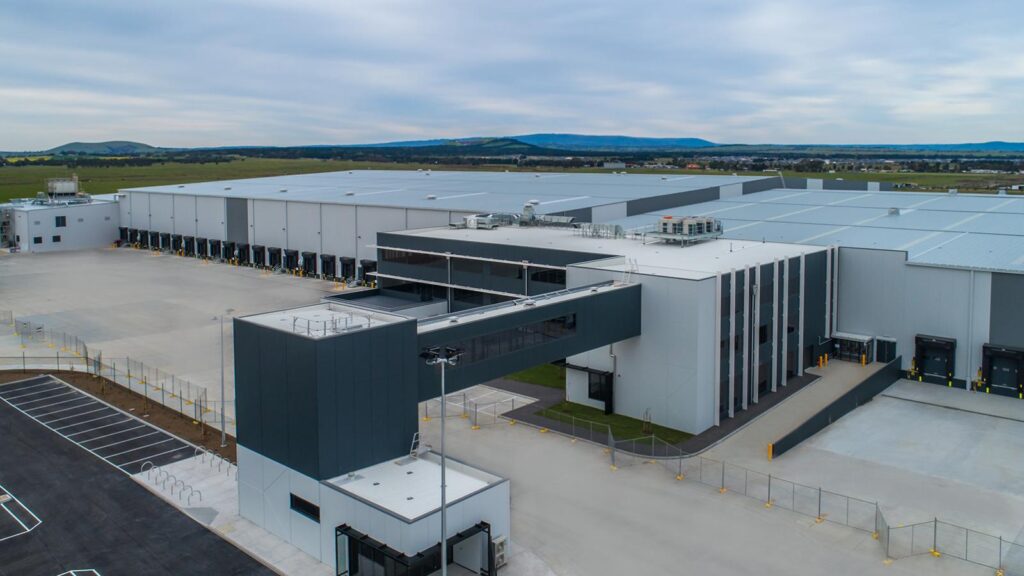
Amazon – Mel 5 – Ravenhall
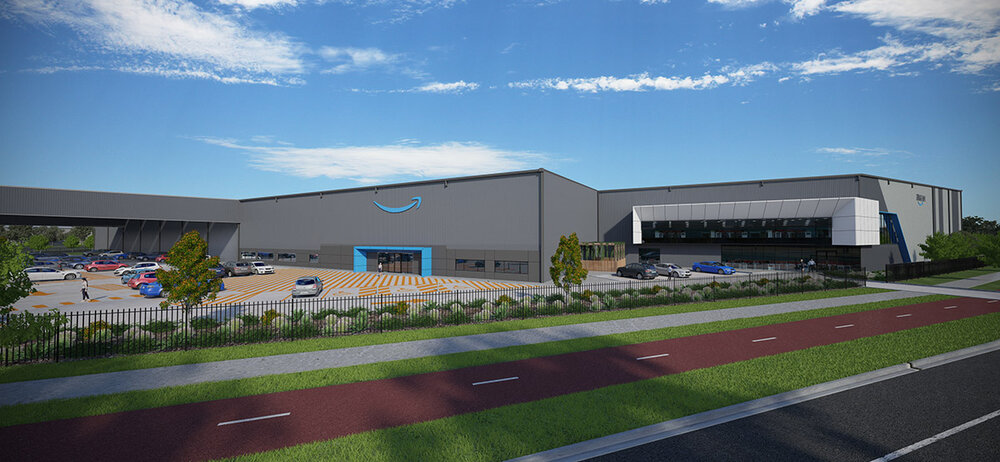
Goulburn Base Hospital
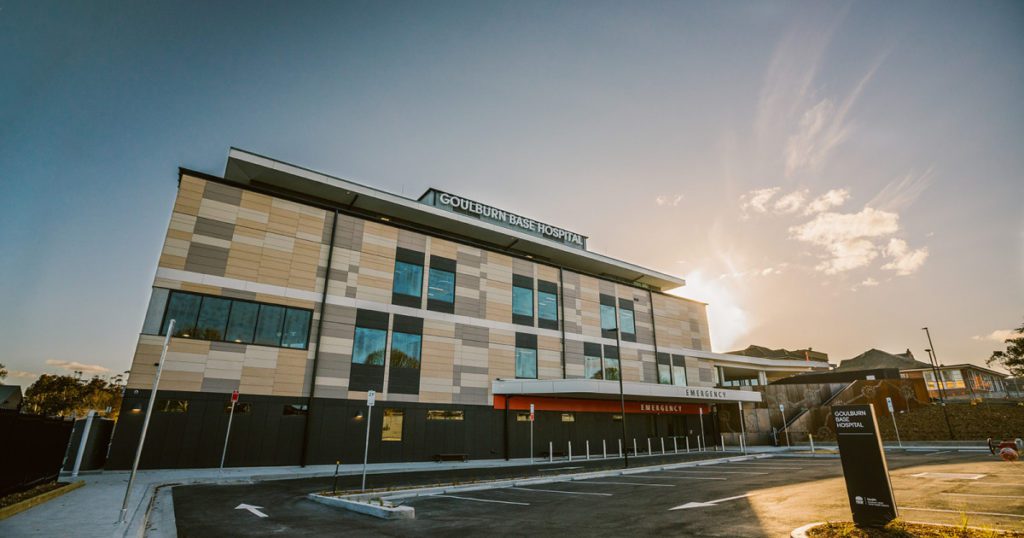
Kaufland Distribution Centre
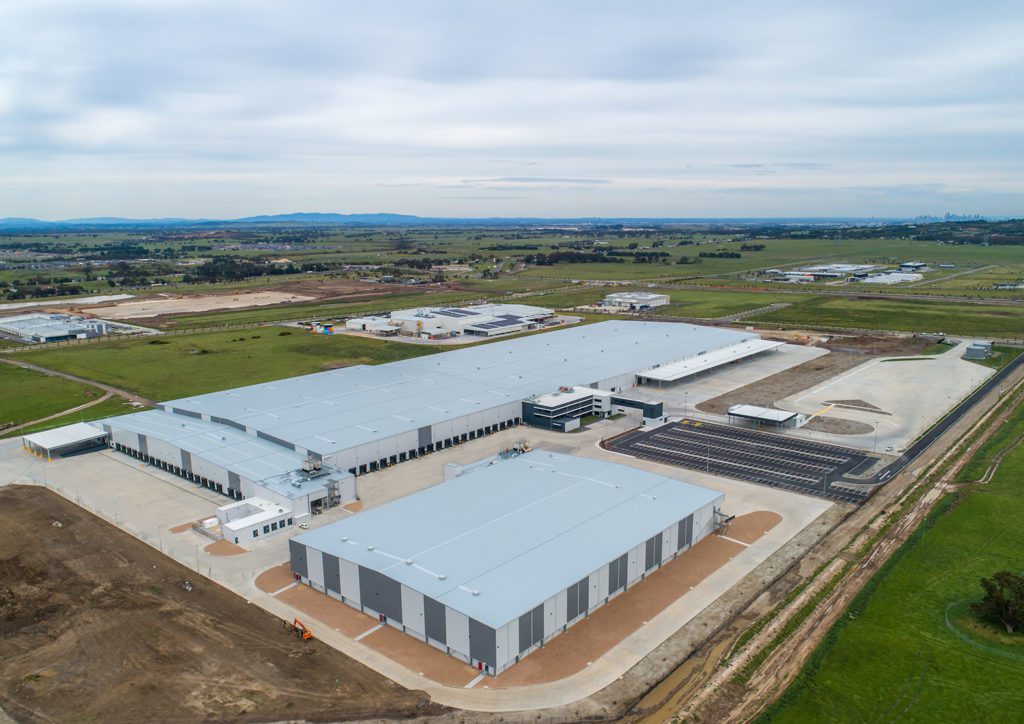
Supporting sustainable urban development: end-of-trip facilities are only just the beginning
End-of-trip facilities can also increase your property’s value and marketability, maximising your long-term investment. On a wider community and environmental level, end-of-trip facilities promote sustainable, environmentally-friendly transportation while ensuring equal access opportunities for individuals of all abilities.
To explore our full range of bicycle racks and storage solutions, please get in touch with our friendly team of experts by calling 1300 244 377 today.
